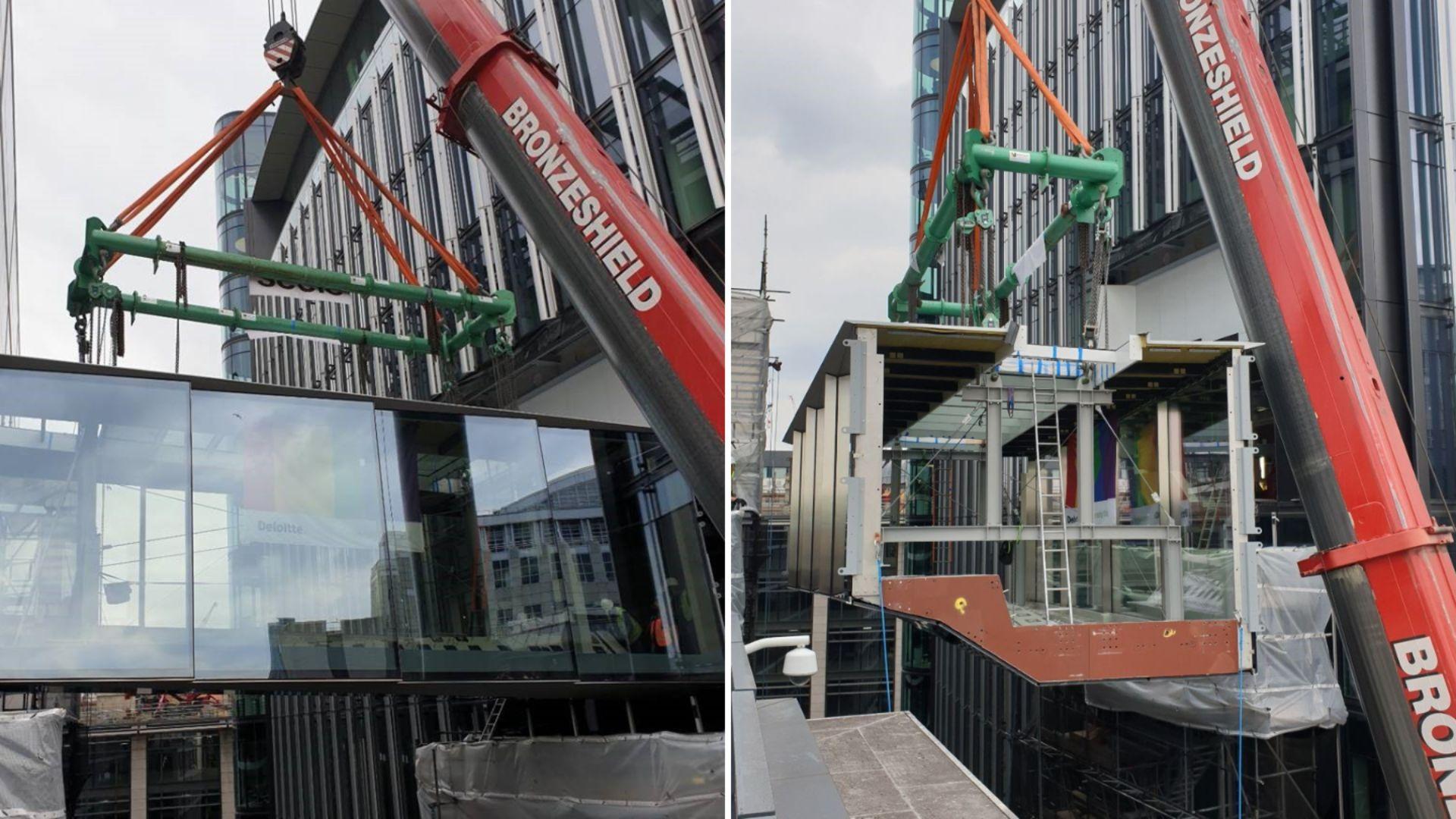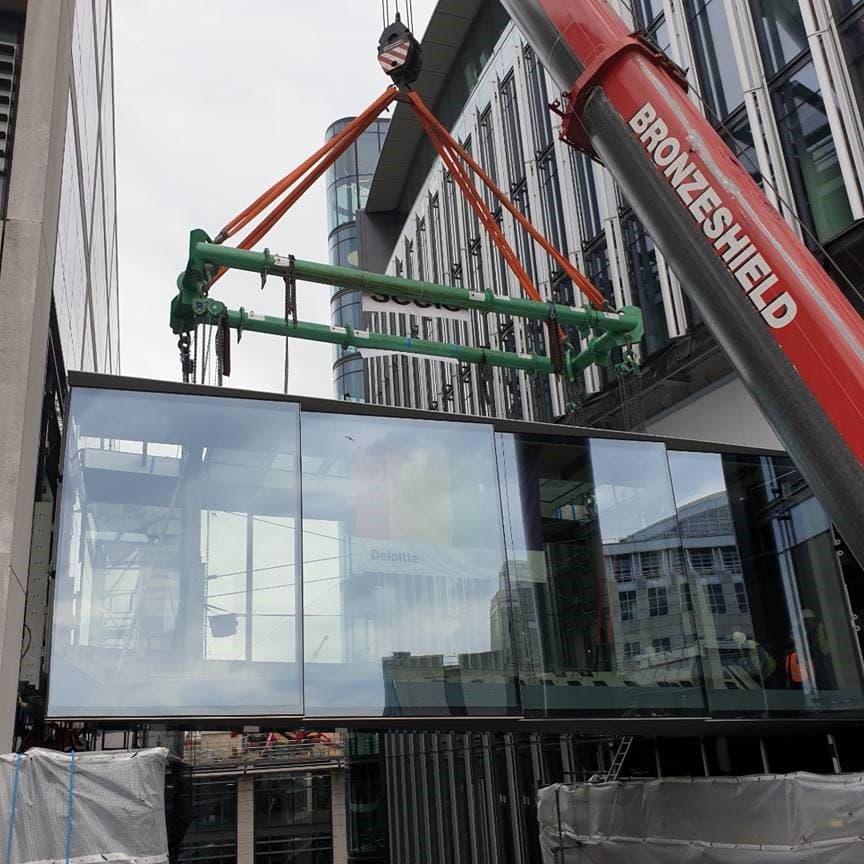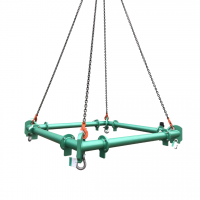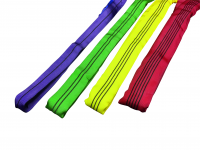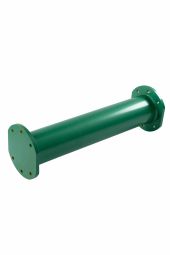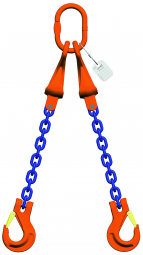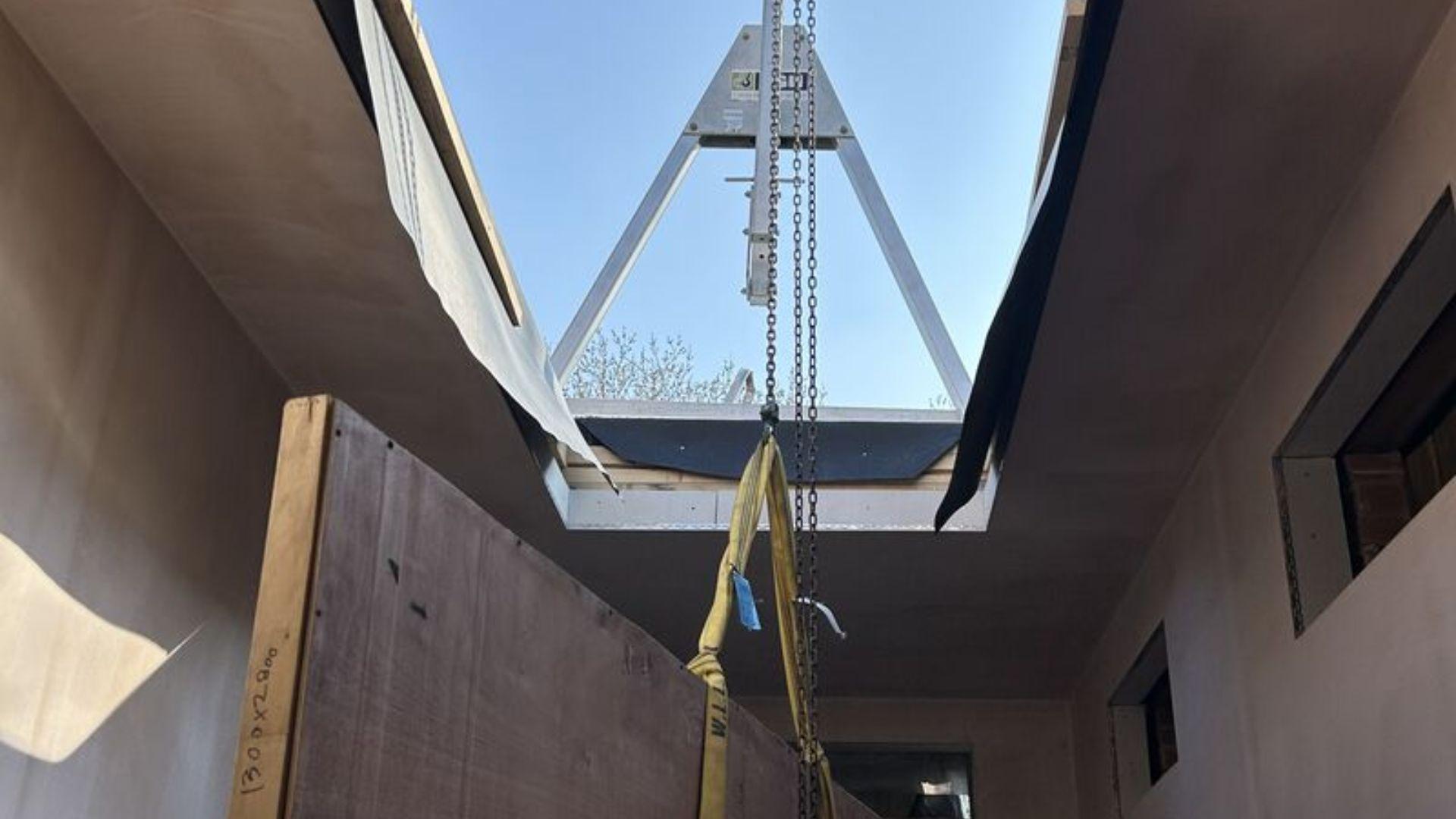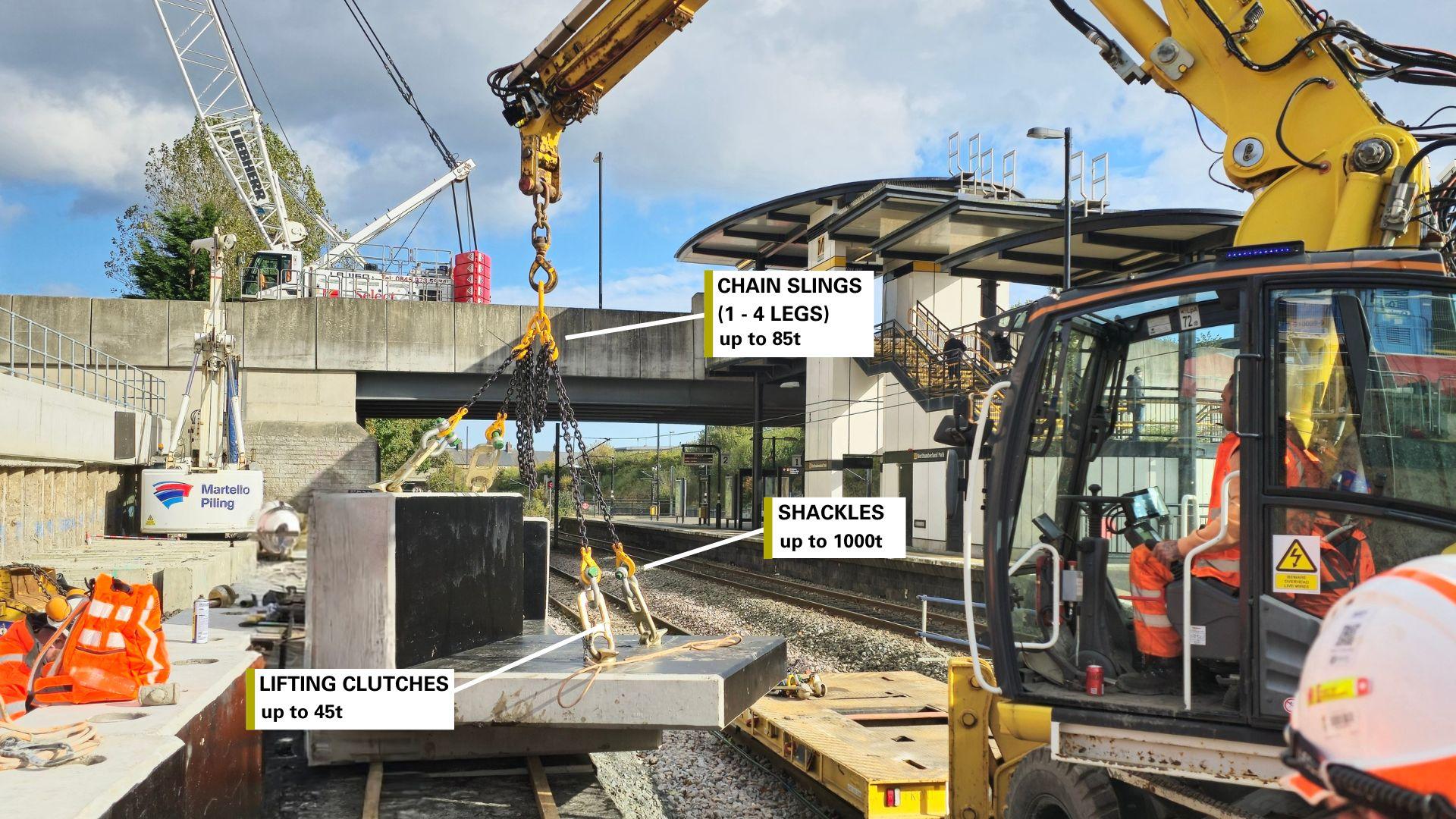Still Using an H-Frame?
We recently had an enquiry at LGH for an H-Frame. The customer needed a beam with a WLL of 5t and a max spread of 2.9m wide and 6m long. The hire desk team were surprised as it has been a very long time since a customer has requested to hire an H-Frame.
Due to its single point of lift, using an H-Frame reduces the headroom needed when conducting your lift. It has become a popular choice of lifting beam in the last few decades because it allows you to adjust the lifting points. Advances in the design and manufacturing of lifting beams in recent years though, means that there are now beams better suited for the same applications.
A Brief History of Cranes & Lifting Equipment
Some forms of lifting equipment haven’t changed over the years. Chain Blocks can be used much the same now as when they were first invented and even the ancient Egyptians used a crane and pulley system called a Shadoof to remove water from the rivers and irrigate their land. The same systems can be found still in use today in parts of Egypt and India.
As civilisation progressed, so did construction. The boom in maritime trade made cranes a common sight along harbour cities. Over time they were improved to give better movement horizontally. Allowing the unloading and loading ships at much faster pace. These new cranes also focused on safety, with mechanisms that lowered the risk of dropped loads, wire ropes and stronger iron bodies.
The Need to Lift Bigger & Heavier Loads
The industrial revolution across Europe meant that lifting equipment needed to lift heavier objects higher than before. This need led to the biggest revolution in lifting equipment, the steam powered crane. Where earlier cranes relied on animal or manpower, these new ones were only limited by the power of the engine.
Is It Time to Upgrade Your Equipment?
When was the last time you upgraded your lifting equipment? One of the benefits of large-scale industrial equipment is that it is built to last. The flip side of this is that you can end up using the same piece of equipment for many years, even if something more suitable is available.
The Problems With an H-Frame
The issue with the H-Frame is that the max dimensions cannot be expanded. They are also heavy and awkward to manoeuvre on site. You are limited to lifting only objects up the max size of the frame. Anything larger and you will need new equipment. Lifting anything less means that the H-Frame itself is adding additional unnecessary weight to the lift.
Upgrade to a Modular Beam
After discussing the lift and the customers requirements it became clear to our lifting expert that the customer would be better suited using a CMOD Spreader Frame. While an H-Frame has a rigid shape, CMODs can be constructed into various configurations. They can be configured, within reason, to the size and shape required for the lift. Long, short, square, or even triangular.
What Is A CMOD Frame?
The CMOD from Modulift is a modular frame used for lifting which is designed to be used alongside spreader beams to create a frame of varying lengths and widths. The CMODs 4 corner units are bolted to the mod beams to achieve the desired size and span.
Easy to Transport
Even though you can create frames of various sizes, the CMOD is easily broken down for transport and storage.
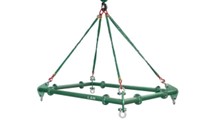

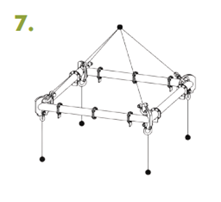

When To Use a CMOD Lifting or Spreader Frame
For loads that have more than two lifting points, low headroom, and a need to reduce the weight of the overall load, we recommend using CMOD Frames.
Lifting in Limited Headroom
Lifting beams such as these are low height solutions designed for indoor or restricted headroom lifts. The CMOD spreader frame uses corner units to connect existing Modulift struts into a 4 point modular spreader frame. This uses less headroom than a 1 over 2 rig.
Spreader frames require top slings to attach the corners of the frame to the central crane hook. Lifting frames on the other hand generally do not have top slings, instead the hook can be attached directly to the beam via a large lug in the centre at the top of the frame.
Get A CMOD Frame On Your Next Lift
Send us details of your lift including weight, lifting points and position, height restrictions, load type, centre of gravity (COG) position, crane type and lifting environment and our technical team will provide you recommendations on your lift plan.
Contact us to see how we can help you with your lifting needs.

